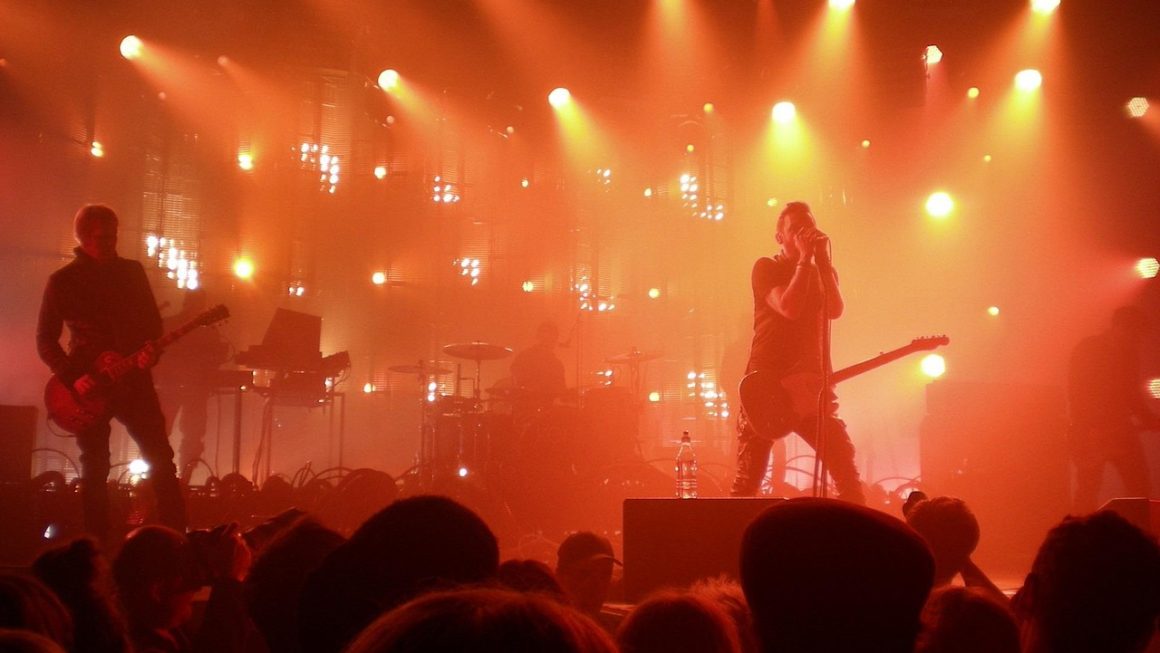Movies, the silver screen, cinematic masterpieces – whatever you call them, they hold a powerful sway over our imaginations, our emotions, and even our cultural landscape. From heartwarming comedies to thrilling action flicks, movies offer an escape, an opportunity for reflection, and a shared experience that transcends borders. This blog post delves into the captivating world of movies, exploring their history, impact, genres, and how to make the most of your movie-watching experience.
The Evolution of Cinema: A Journey Through Time
From Silent Films to Blockbusters
The history of movies is a fascinating journey, beginning with the earliest experiments in moving pictures.
- Early Pioneers: The Lumière brothers’ short films in the late 19th century marked the dawn of cinema. These were simple, everyday scenes captured on film, but they captivated audiences.
- The Silent Era: Charlie Chaplin, Buster Keaton, and Harold Lloyd rose to prominence, mastering physical comedy and storytelling without dialogue. Silent films relied heavily on visual storytelling and expressive performances.
- The “Talkies”: The introduction of synchronized sound in the late 1920s revolutionized filmmaking. “The Jazz Singer” (1927) is considered the first feature-length “talkie.”
- Golden Age of Hollywood: The 1930s and 40s saw the rise of major studios and iconic movie stars like Humphrey Bogart, Katharine Hepburn, and Cary Grant. Classic genres like film noir, westerns, and musicals flourished.
- Modern Cinema: From the New Hollywood movement of the 1960s and 70s to the CGI-driven blockbusters of today, cinema continues to evolve technologically and artistically.
Key Milestones and Innovations
- Technicolor: The development of color film significantly impacted the visual experience. “The Wizard of Oz” (1939) is a prime example of early Technicolor’s impact.
- Widescreen Formats: CinemaScope and other widescreen formats aimed to provide a more immersive viewing experience.
- Digital Filmmaking: The shift from film to digital cameras and editing software has democratized filmmaking, making it more accessible to independent filmmakers.
- 3D and IMAX: These technologies offer heightened visual immersion, drawing audiences deeper into the story.
- Streaming Services: Platforms like Netflix, Amazon Prime Video, and Disney+ have revolutionized how we consume movies, making them readily available on demand.
The Diverse World of Movie Genres
Exploring Popular Categories
Movies are categorized into numerous genres, each with its own distinct characteristics and appeal.
- Action: Filled with thrilling stunts, fight scenes, and fast-paced narratives. Examples include the “Mission: Impossible” series and “Mad Max: Fury Road.”
- Comedy: Designed to evoke laughter through humor, witty dialogue, and comedic situations. Think “Bridesmaids” or “The Grand Budapest Hotel.”
- Drama: Focuses on emotional depth, character development, and often explores serious themes. “The Shawshank Redemption” and “Schindler’s List” are classic examples.
- Horror: Aims to scare, shock, and unsettle audiences with suspense, gore, and supernatural elements. Popular examples are “The Exorcist” and “Hereditary.”
- Science Fiction: Explores futuristic concepts, advanced technology, and often delves into philosophical themes. “Blade Runner” and “2001: A Space Odyssey” are iconic sci-fi films.
- Romance: Centers around romantic relationships and love stories. Examples include “The Notebook” and “When Harry Met Sally…”
- Animation: Uses animated characters and settings to tell stories, often appealing to both children and adults. Pixar films like “Toy Story” and Studio Ghibli’s “Spirited Away” are highly regarded.
Hybrid Genres and Emerging Trends
- Blending Genres: Many movies successfully combine elements from multiple genres, creating unique viewing experiences. For example, “Shaun of the Dead” blends horror and comedy.
- Indie Films: Independent films often push boundaries and explore unconventional narratives, offering a refreshing alternative to mainstream cinema.
- Documentaries: Non-fiction films that explore real-life events, people, and issues. “The Cove” and “Free Solo” are examples of impactful documentaries.
- Superhero Movies: A dominant genre in recent years, featuring characters with extraordinary abilities and epic battles between good and evil. The Marvel Cinematic Universe is a prime example.
The Impact of Movies on Culture and Society
Reflecting and Shaping Societal Values
Movies are powerful tools that can reflect, reinforce, or challenge cultural norms and societal values.
- Representation: Movies play a vital role in representing diverse cultures, ethnicities, and perspectives, promoting understanding and empathy.
- Social Commentary: Many films address important social issues, such as poverty, racism, and environmental concerns, sparking dialogue and raising awareness.
- Influence on Fashion and Trends: Movies often influence fashion trends, hairstyles, and even language, impacting popular culture in significant ways.
- Emotional Connection: Movies can evoke strong emotions, connecting audiences to characters and stories on a personal level, fostering empathy and understanding.
- Escapism and Entertainment: Providing an escape from reality and offering a shared entertainment experience for audiences worldwide.
Economic and Global Influence
- Box Office Revenue: The movie industry is a multi-billion dollar business, with blockbuster films generating massive revenue globally.
- Tourism: Popular movie locations often attract tourists, boosting local economies and showcasing cultural landmarks.
- Cultural Exchange: Movies facilitate cultural exchange between countries, allowing audiences to learn about different cultures and perspectives.
- Job Creation: The film industry provides employment opportunities for actors, directors, writers, technicians, and many other professionals.
Enhancing Your Movie-Watching Experience
Tips for a More Immersive Experience
To truly enjoy a movie, consider these tips:
- Choose Wisely: Select movies based on your interests and preferences. Read reviews, watch trailers, and ask for recommendations from friends.
- Create a Comfortable Environment: Dim the lights, turn off distractions, and ensure you have a comfortable seating arrangement.
- Optimize Your Sound: Use headphones or a surround sound system for a more immersive audio experience.
- Minimize Distractions: Put your phone on silent, avoid multitasking, and focus on the movie.
- Engage Actively: Pay attention to the storyline, characters, and themes. Discuss the movie with friends or family after watching.
- Explore Different Genres: Step outside your comfort zone and try movies from genres you haven’t explored before. You might discover a new favorite.
Exploring Different Viewing Platforms
- Theatrical Experience: The big screen, surround sound, and communal atmosphere of a movie theater offer a unique and immersive experience.
- Home Theater: Setting up a home theater with a large screen, high-quality audio system, and comfortable seating can replicate the cinematic experience at home.
- Streaming Services: Platforms like Netflix, Amazon Prime Video, and Disney+ offer a vast library of movies to watch on demand.
- Physical Media: Collecting Blu-rays or DVDs allows you to own your favorite movies and enjoy them without relying on streaming services.
Conclusion
Movies are more than just entertainment; they are a powerful form of art that can inspire, educate, and connect us. From their humble beginnings to the technological marvels of modern cinema, movies have evolved dramatically, shaping our culture and reflecting our society. By understanding the history, genres, and impact of movies, and by employing strategies to enhance our viewing experience, we can fully appreciate the magic of the silver screen. So, grab some popcorn, dim the lights, and get ready to immerse yourself in the captivating world of movies!




